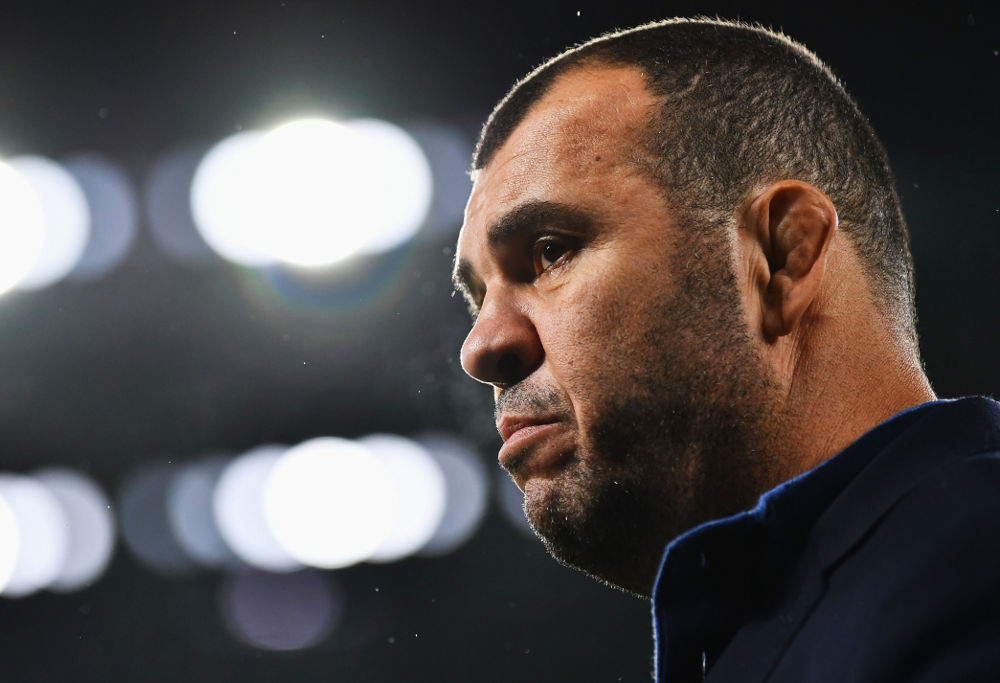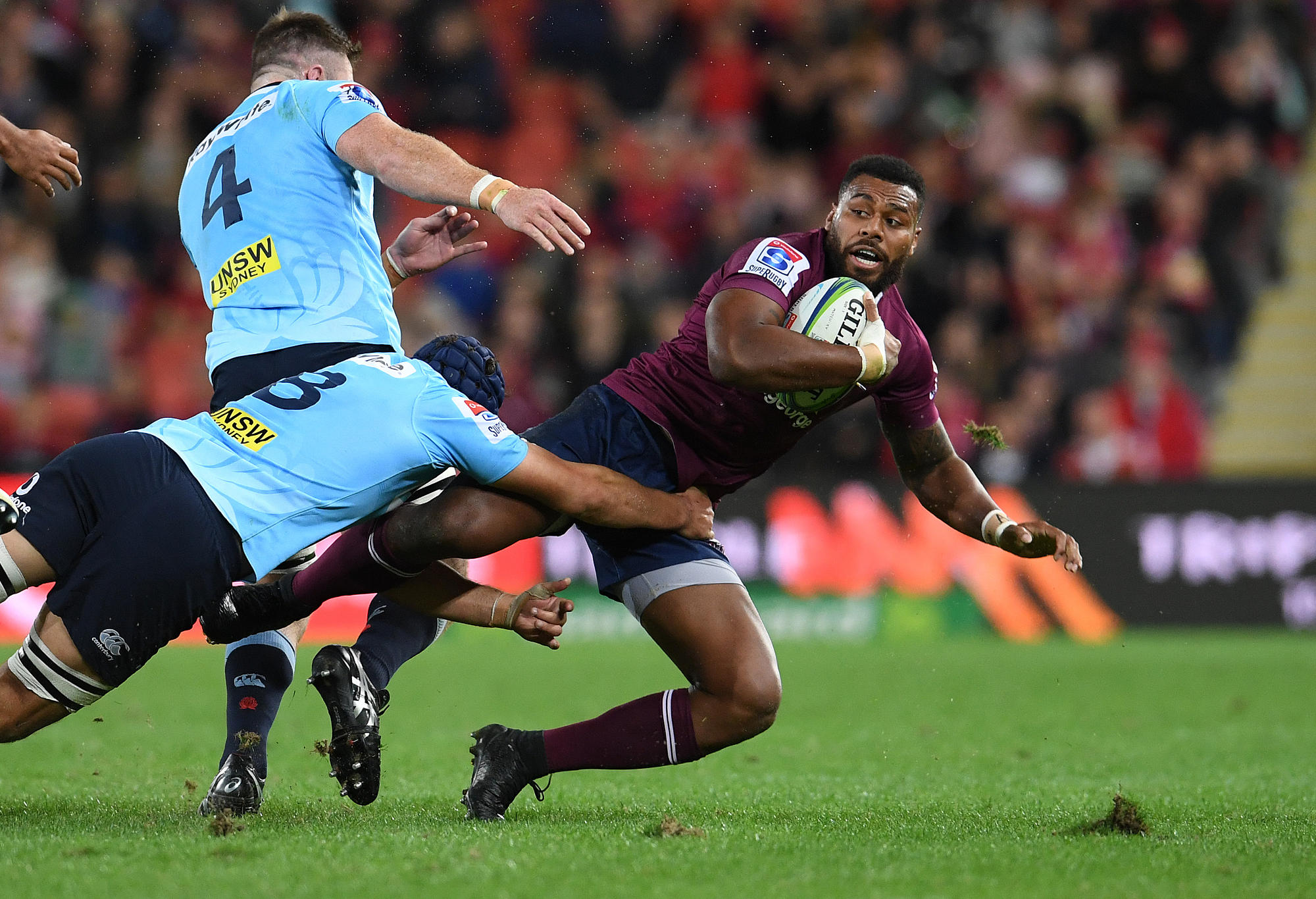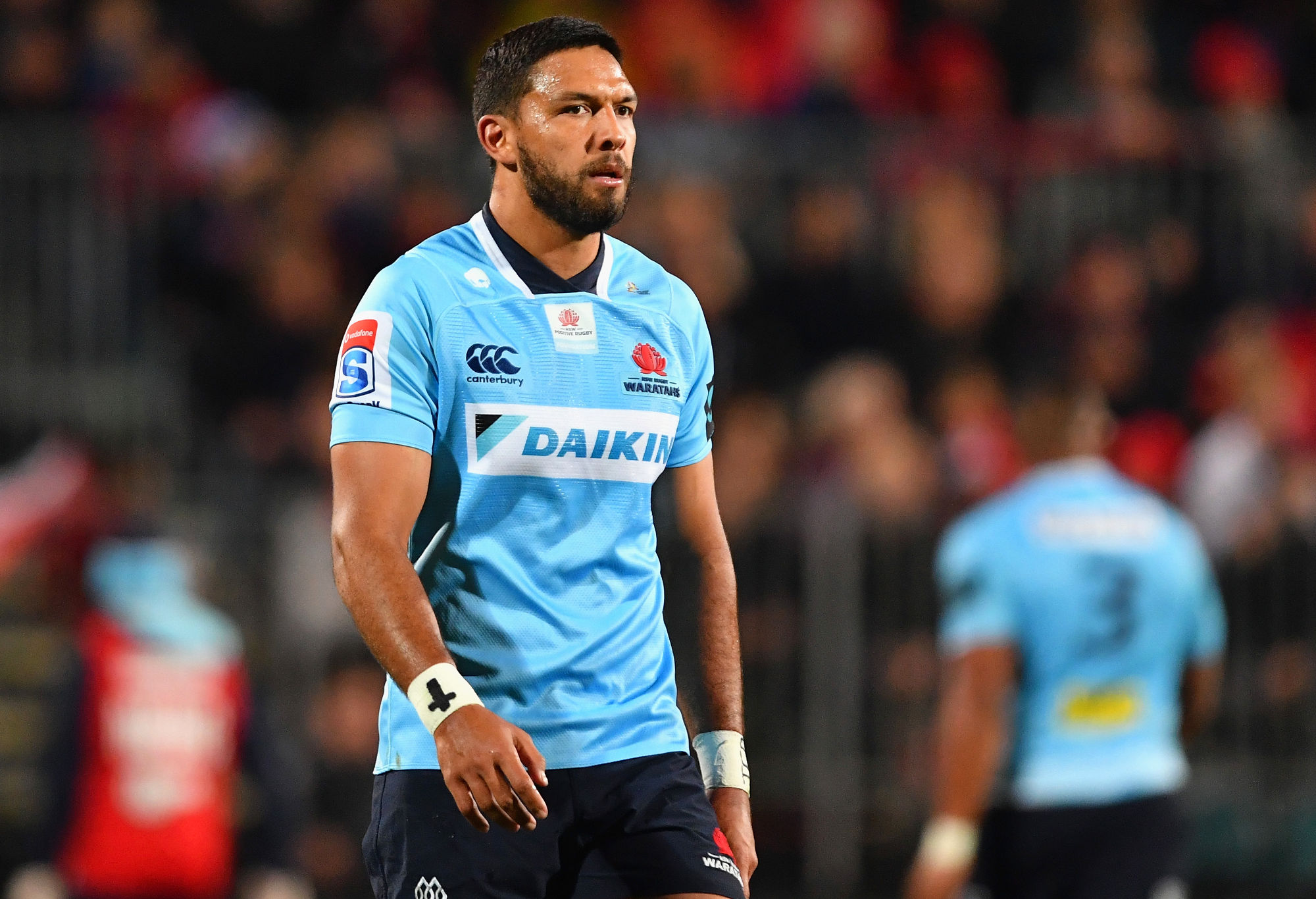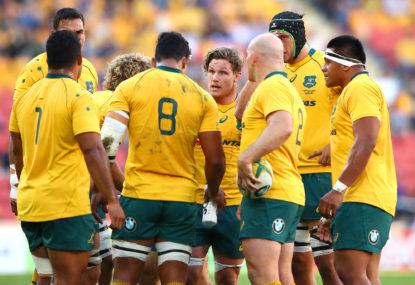Form is fickle beast in sport; we all know that. The difference between having it and losing it, or not having it and regaining it can often come down to one moment.
A great pass, a poor kick, a well-timed shot, a wrong decision, a deadly radar, an outright shank, the right moment to accelerate. The margins for error are huge, and the battle to regain lost form is mostly mental, but fickleness or not, one point remains clear in rugby as it does in all sporting pursuits: ‘form’ is the foundation for playing the way you want to play.
Though there were no great surprises in the Wallabies squad Michael Cheika read out last Wednesday night – the Pete Samu episode aside – there is a very different feel about the Wallabies heading into this June series against Ireland.
Last year’s June squad had a very experimental feel about it; players out injured, or retired, and even on sabbatical, and in their place, a lot of promising young talent that was worth testing at International level. It’s certainly true that last year’s opponents – Fiji, Scotland, and Italy – allowed this approach, but the general feeling going through the three Tests was one of not really knowing what this Wallabies squad was trying to achieve.
There were moments of brilliance, but also many moments of fist-into-the-desk frustration at missed opportunities and poor decisions – and the complete lack of discernible gameplan.

Michael Cheika (Photo by Dan Mullan/Getty Images)
The squad this year has no real surprises in terms of playing personnel, and those personnel even give a pretty fair indication of the Wallabies’ likely approach to playing the Six Nations Champions, but the big difference this year – to me, at the very least – is that there’s a decent level of form among that playing group as selected.
Competition for many places is genuine. Half the starting side probably picks itself, but the rest are far from clear. The starting tight five, the full backrow combination, outside centre and the back three make-up are all very open for debate that will be prosecuted in the forums and on social media, but hopefully decided on the training track this week in Brisbane. The bench selections are genuinely intriguing, and in maybe the best sign of all, some very deserving players will be wearing a suit on Saturday night.
Twenty-five tries from the four Australian sides over the weekend is a healthy barometer of this upwardly-trending form line heading into the June Tests. Thirty tries in total were scored across those three games, and Australian sides were responsible for all but five of them.
The Reds and Waratahs produced 15 of them in a derby game played like no others in recent memory. The three previous matches between Queensland and New South Wales had netted 14 tries collectively, with two of those three games were decided by just three points. ‘Dour’ is usually one of the first words used to describe these games, but this time it was nowhere to be seen.

Samu Kerevi of the Reds (AAP Image/Dan Peled)
The Rebels and Brumbies were good for three and seven, respectively, and the common denominator across the four sides was a desire to attack and a willingness to create opportunities. But in truth, this weekend was also the culmination in an improving set of fortunes across the four sides.
Currently in Super Rugby, we’re averaging around 7.1 tries per game. The home side is still dominating, winning 61.6 per cent of games, and they’re also scoring 3.8 tries per game to the away side’s 3.3 tries per game.
To the end of Round 16, the Waratahs are averaging 4.2 tries per game, the Rebels 3.8, the Brumbies 3.3, and the Reds 2.8 tries per game.
But over the last three weeks, all four sides have hit their straps.
The Waratahs have scored 17 tries in their last three games and are playing like a side who believes they won’t just be making up the numbers in the playoffs. The Rebels have scored nine from two games (they had the bye in Round 14) and are again finding tries out wide and from turnover as they were in their impressive start to the season.
The Brumbies’ 15 tries in three weeks – including two weeks in South Africa – indicates a team that is finally coming to grips with the way they’ve been wanting to play all season, and the Reds’ 13 tries have come from a blossoming attack built on top of a bedrock of hard work and solid go-forward.
Last year, amid all the experimentation and ‘we just want to have a look at him’ was an underlying concern about the fitness levels of the players, with some teams both figuratively and literally well off the pace needed.
This year, it feels like there’s a much better connection between the national side and the Super Rugby teams. Even with the kerfuffle around the Brumbies not resting the ‘Wallaby three’ on Sunday, it feels like the Wallabies have a better handle on what’s going on at Super Rugby level, and that the Super Rugby coaches know what the Wallabies wanted ahead of this week’s first camp of the season.
If that’s a lesson from last year, and even if that’s a product of the coaches’ dialog and the coordinated approach to rugby high performance, then that’s great from any angle you want to come at it.
This current upward form line brings with it confidence of the individuals, and that confidence will produce competition for places within the squad. Outside centre is great example of this; Tevita Kuridrani is the incumbent no.13, and not that long ago, that might have been enough to hold his place for the first Test of a new year.
I’ll be stunned if he does. Kuridrani’s tour of South Africa, and his performance on Sunday in Canberra represent his best rugby of 2018, but he’s not been nearly as impressive as Samu Kerevi or Curtis Rona this season. Of course, how Michael Cheika decides between Kerevi and Rona is a whole other debate.

Curtis Rona (Photo by Kai Schwoerer/Getty Images)
But the debate is as important as the competition for places, and the form and confidence that breeds it.
It will all be needed to take on what may well be recognised as the best Ireland squad to ever tour Australia.
Their showing throughout the Six Nations was exceptional, and that hard work and quality of performance has carried through Leinster’s PRO14 and Champions Cup success, as well as Munster reaching the semi-finals of both competitions. The two powerhouse sides account for 24 of the 32-man Ireland squad.
Form will be crucial for the Wallabies, because Ireland will be bringing plenty of it themselves.
Maybe even only a month ago, there would’ve been a high degree of nervousness among Wallabies coming into this series, but it feels like those nerves are dissipating over the recent showing of the Australian sides.
Form is a fickle beast in rugby; we all know that. But maybe – just maybe – the Wallabies are bringing the best possible form into this Ireland series they can.
































































































